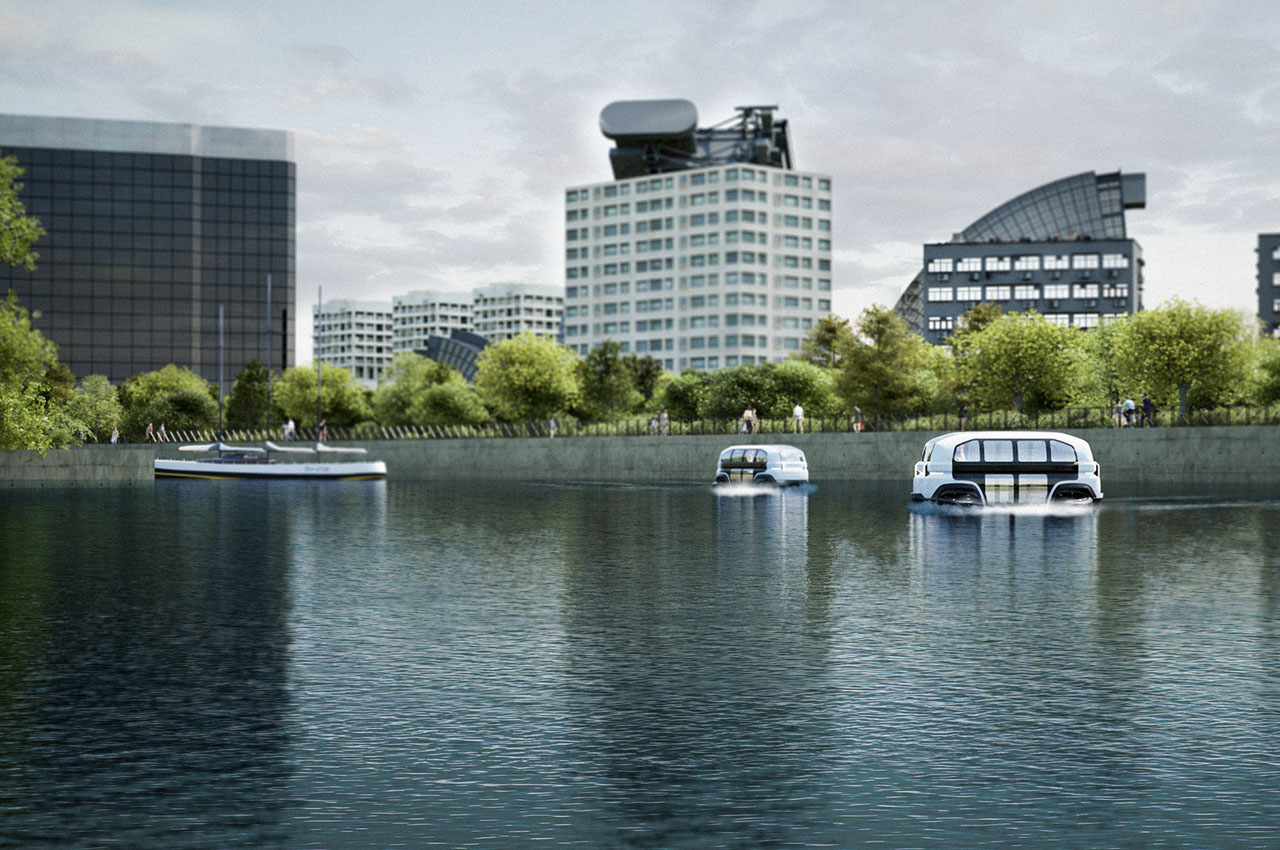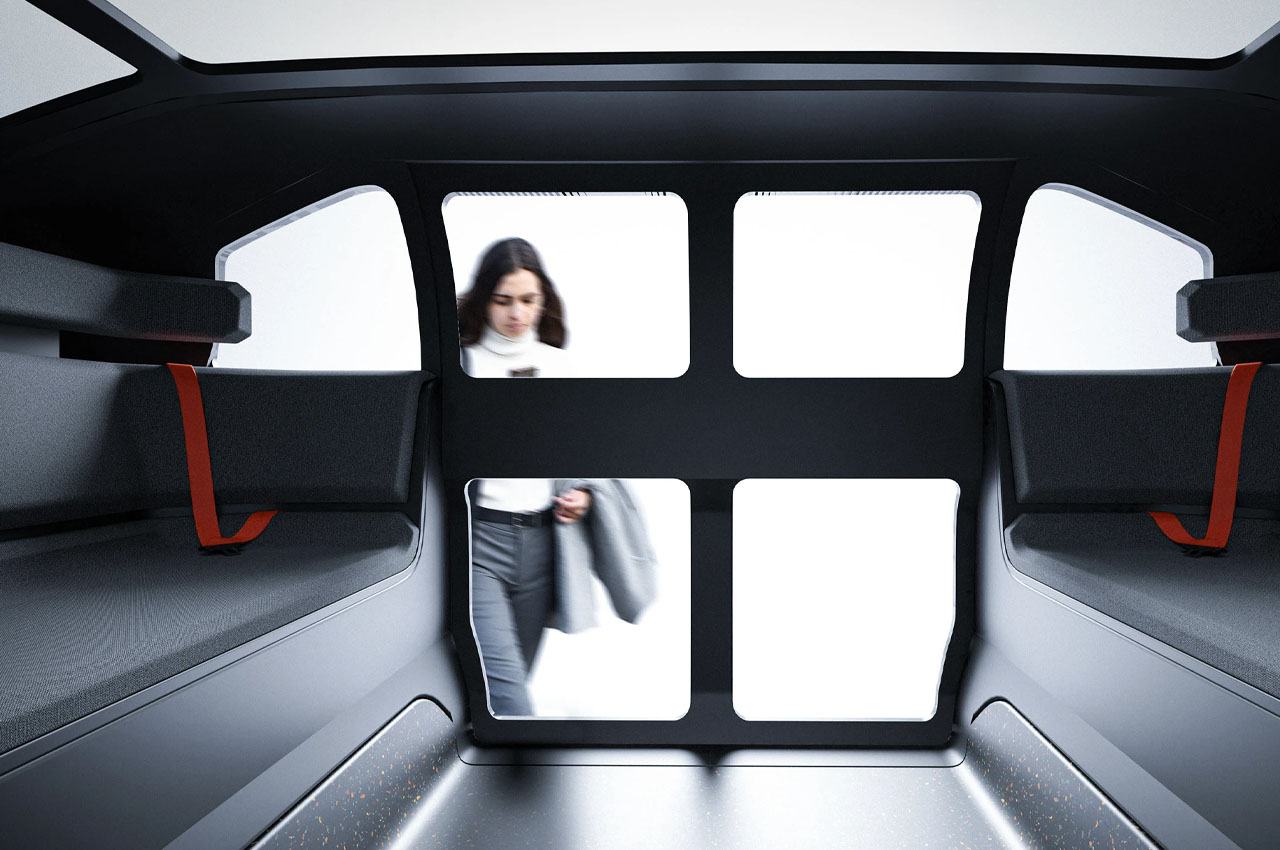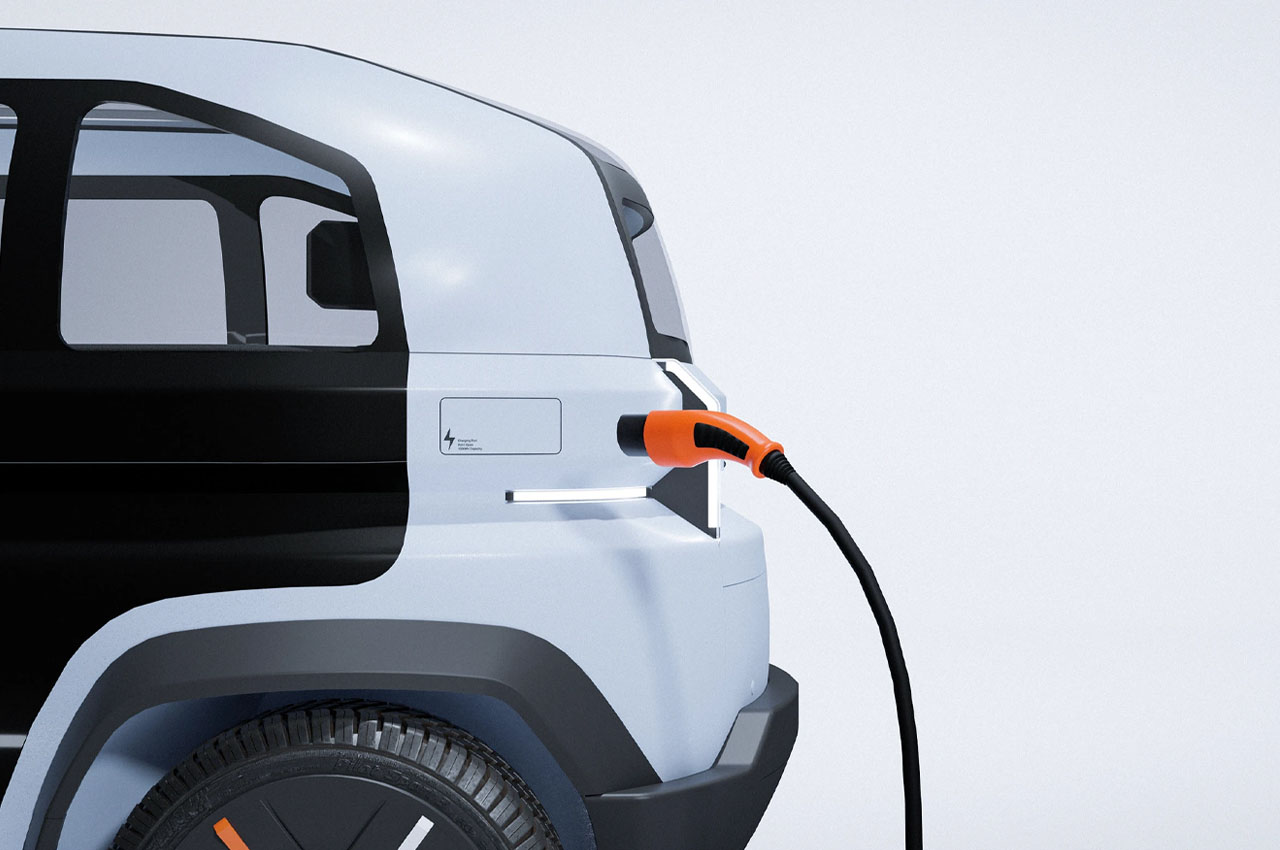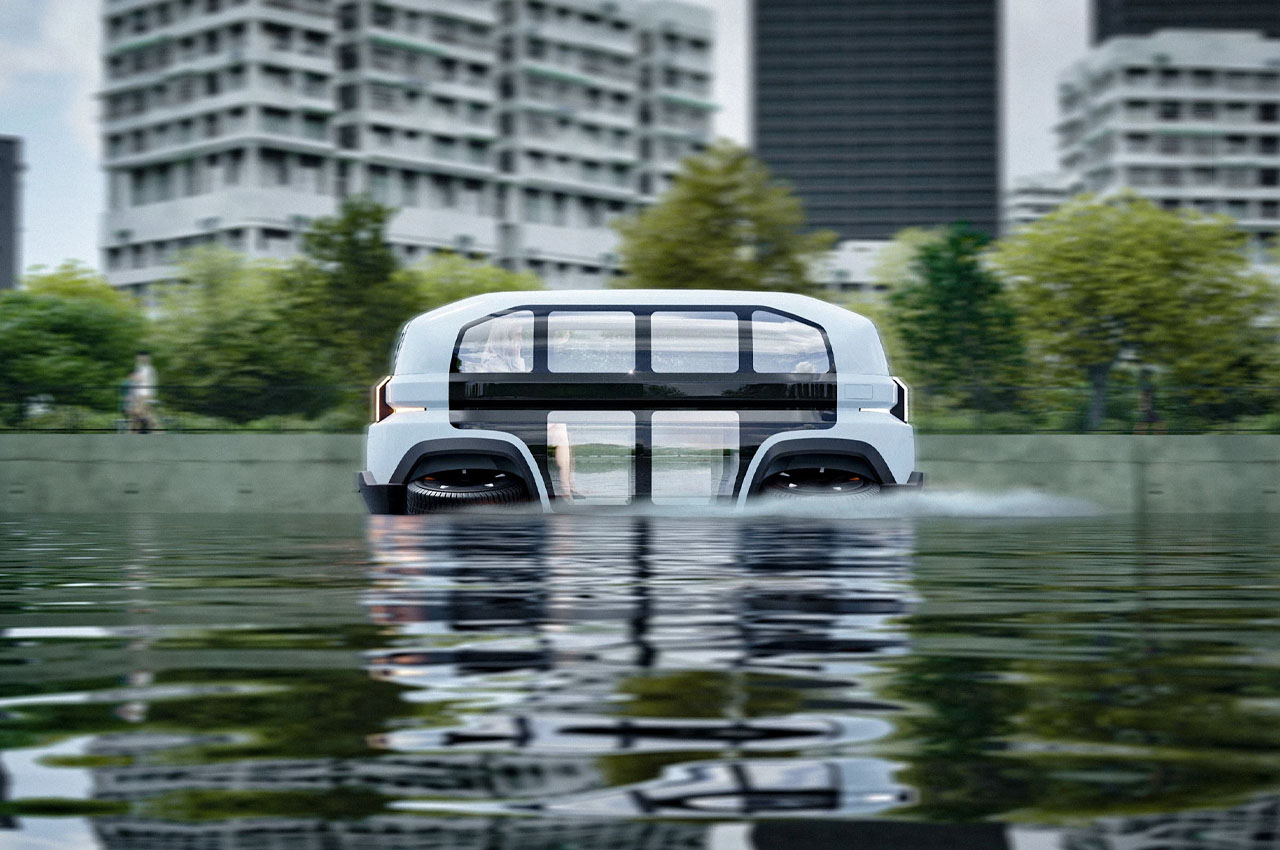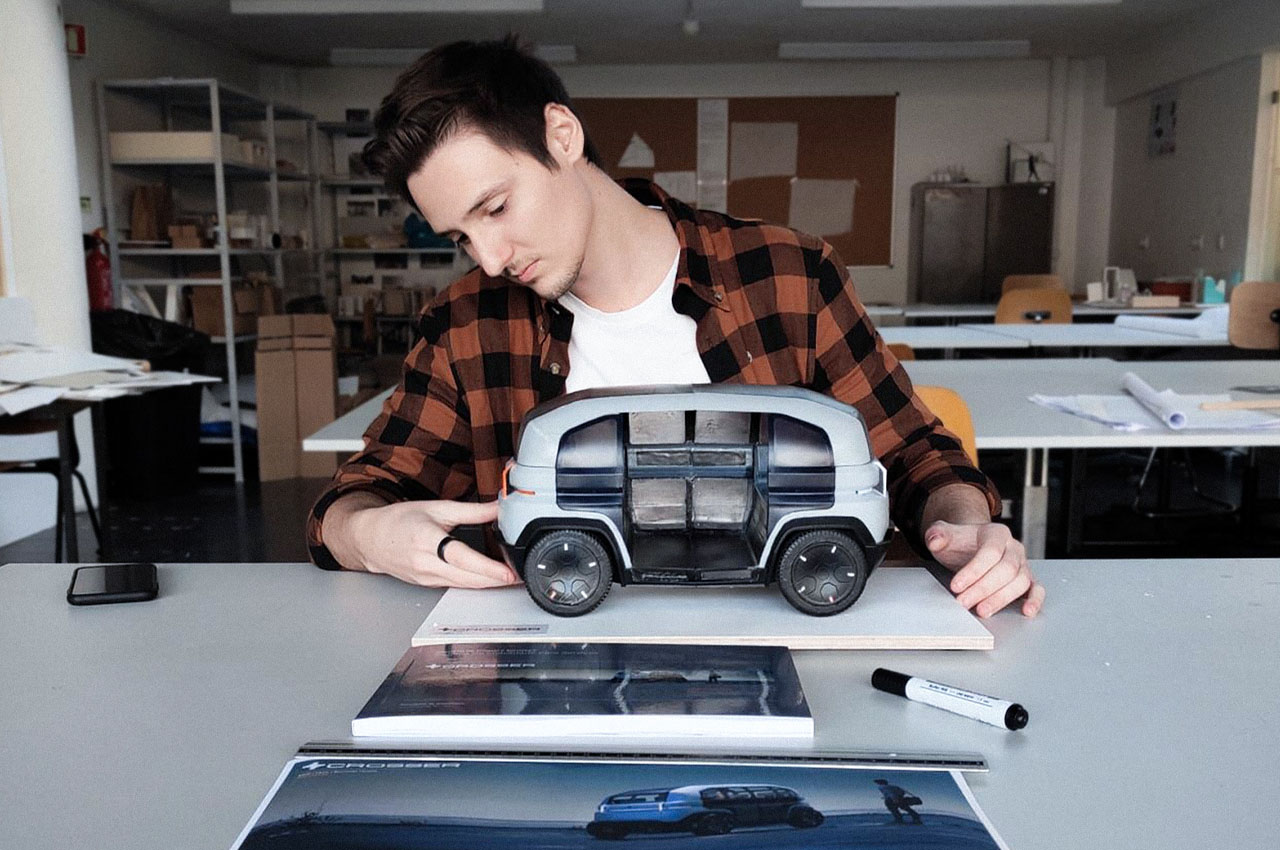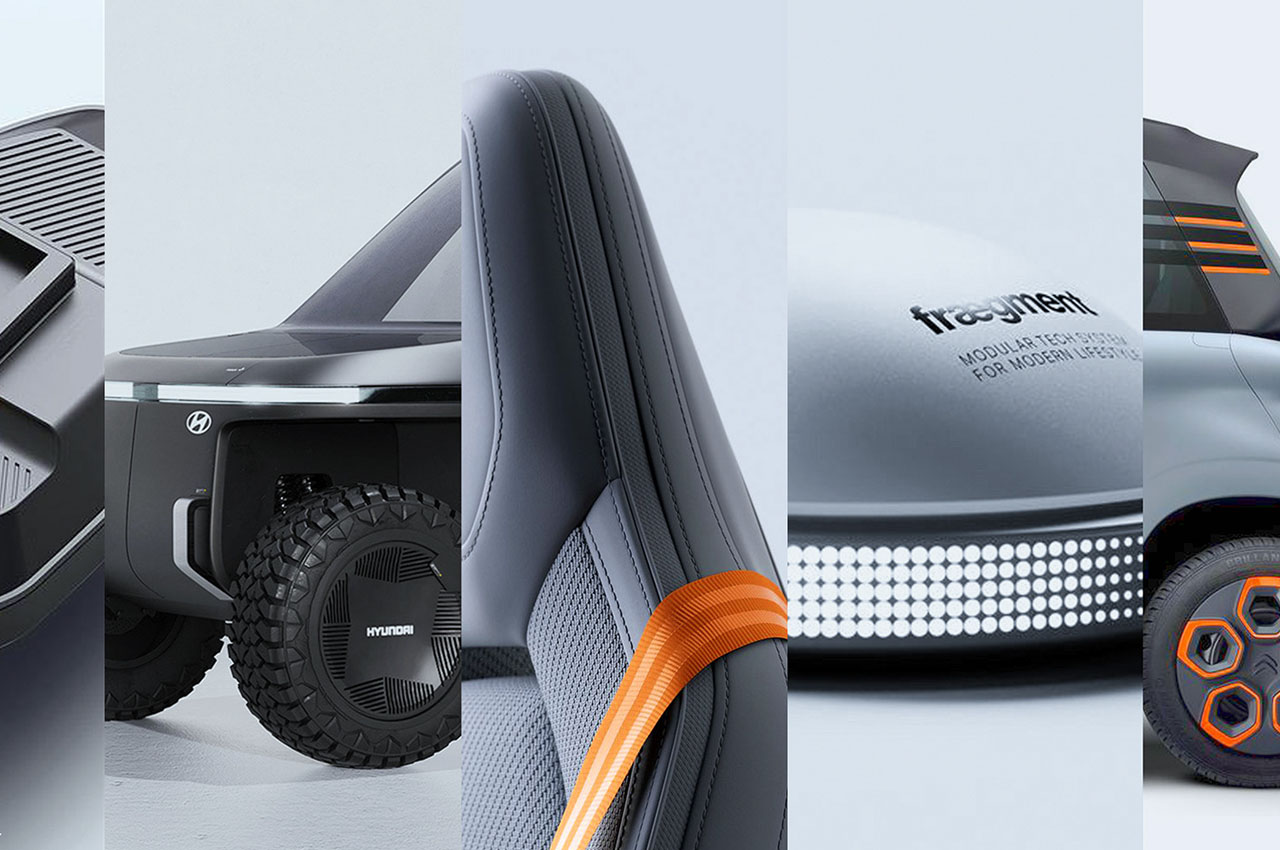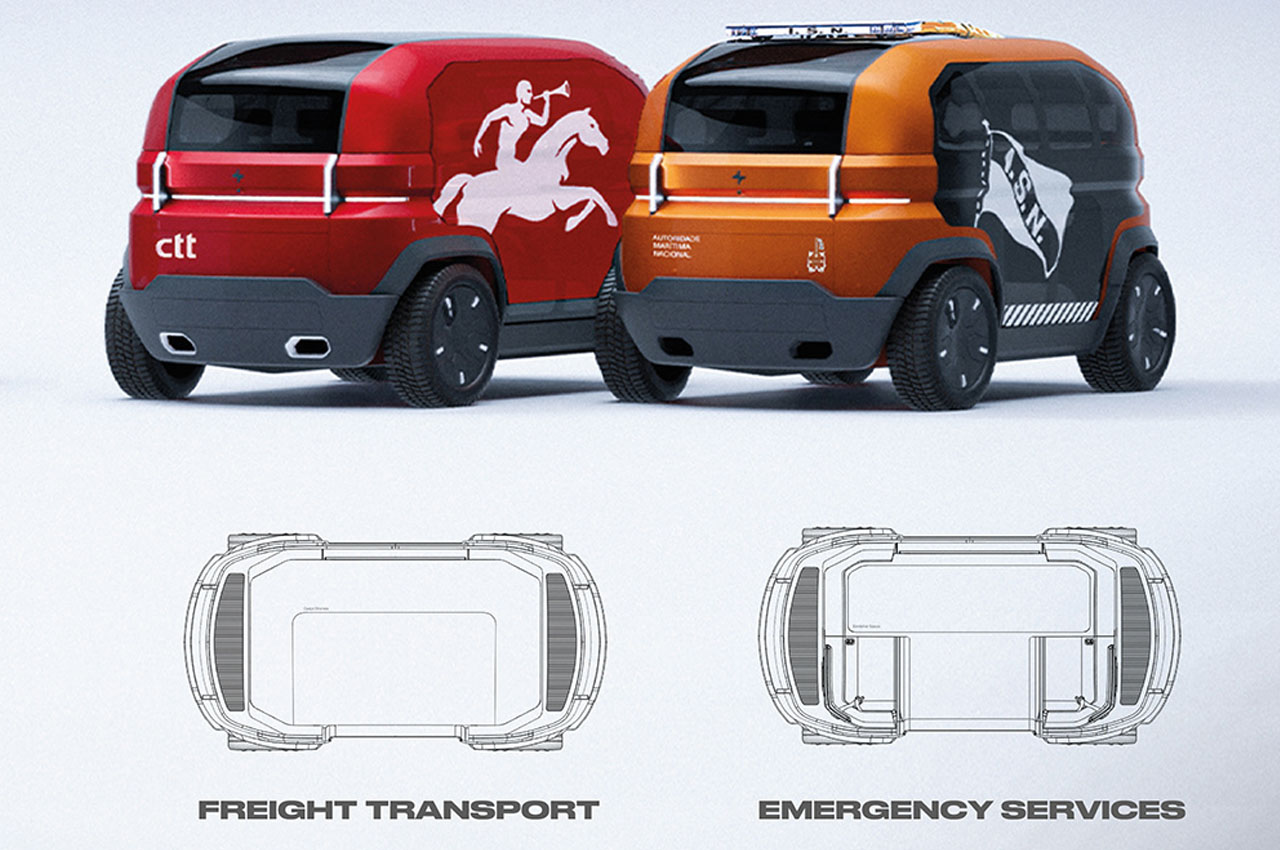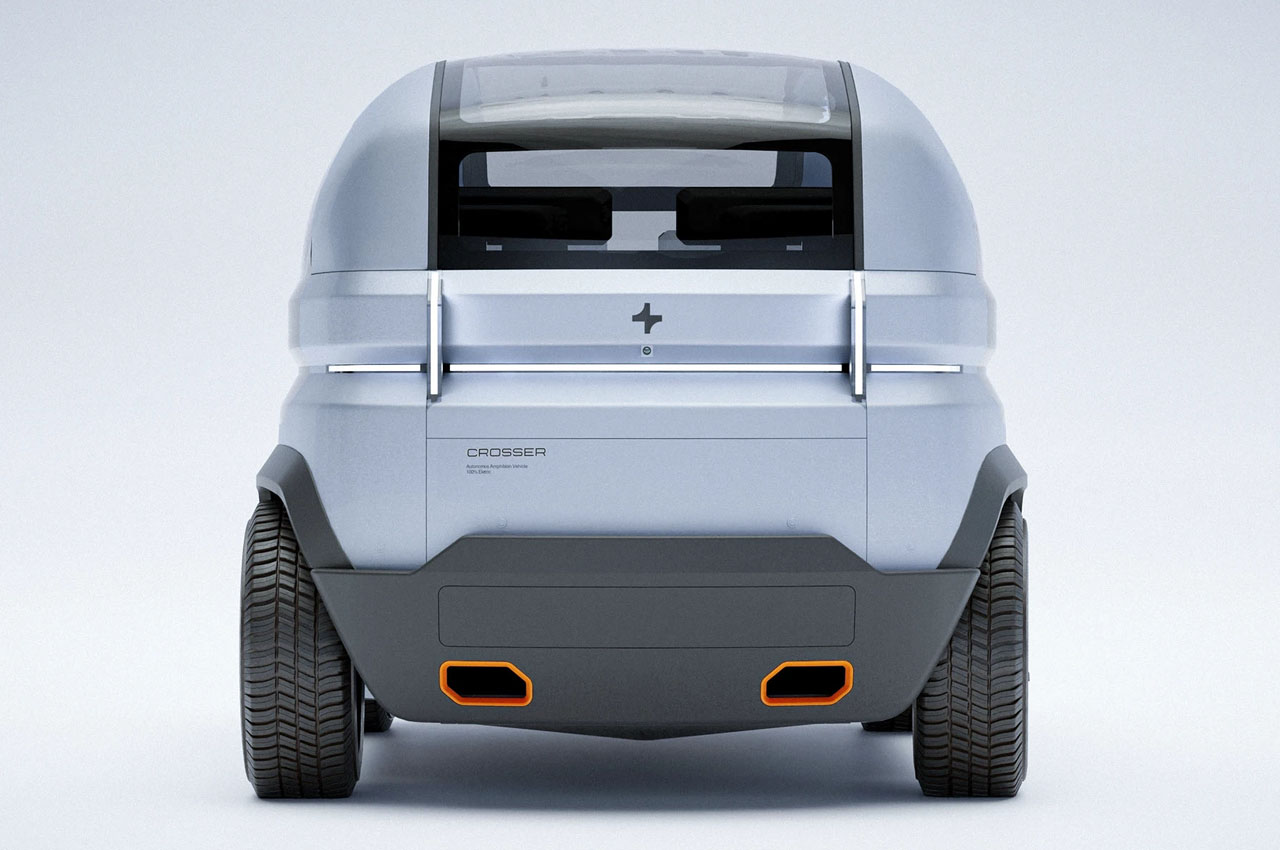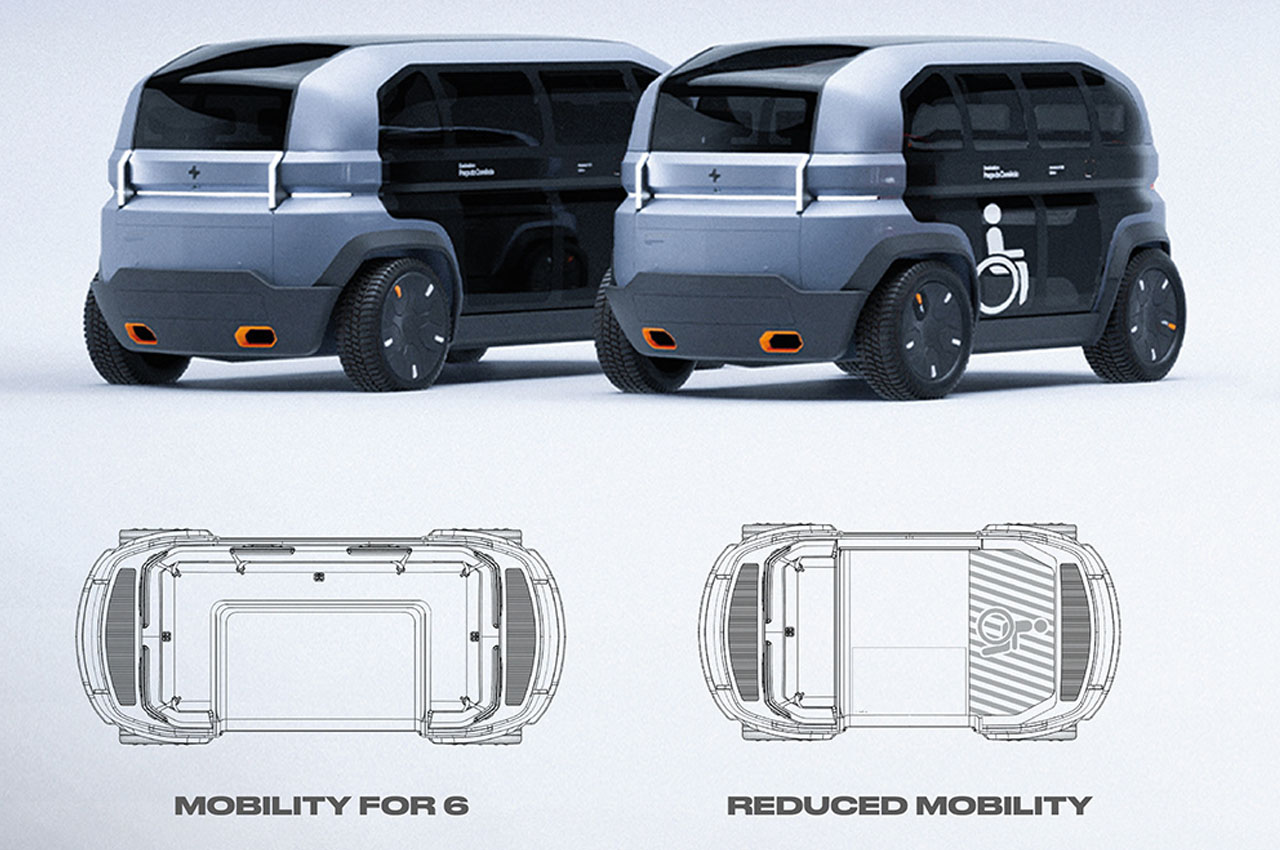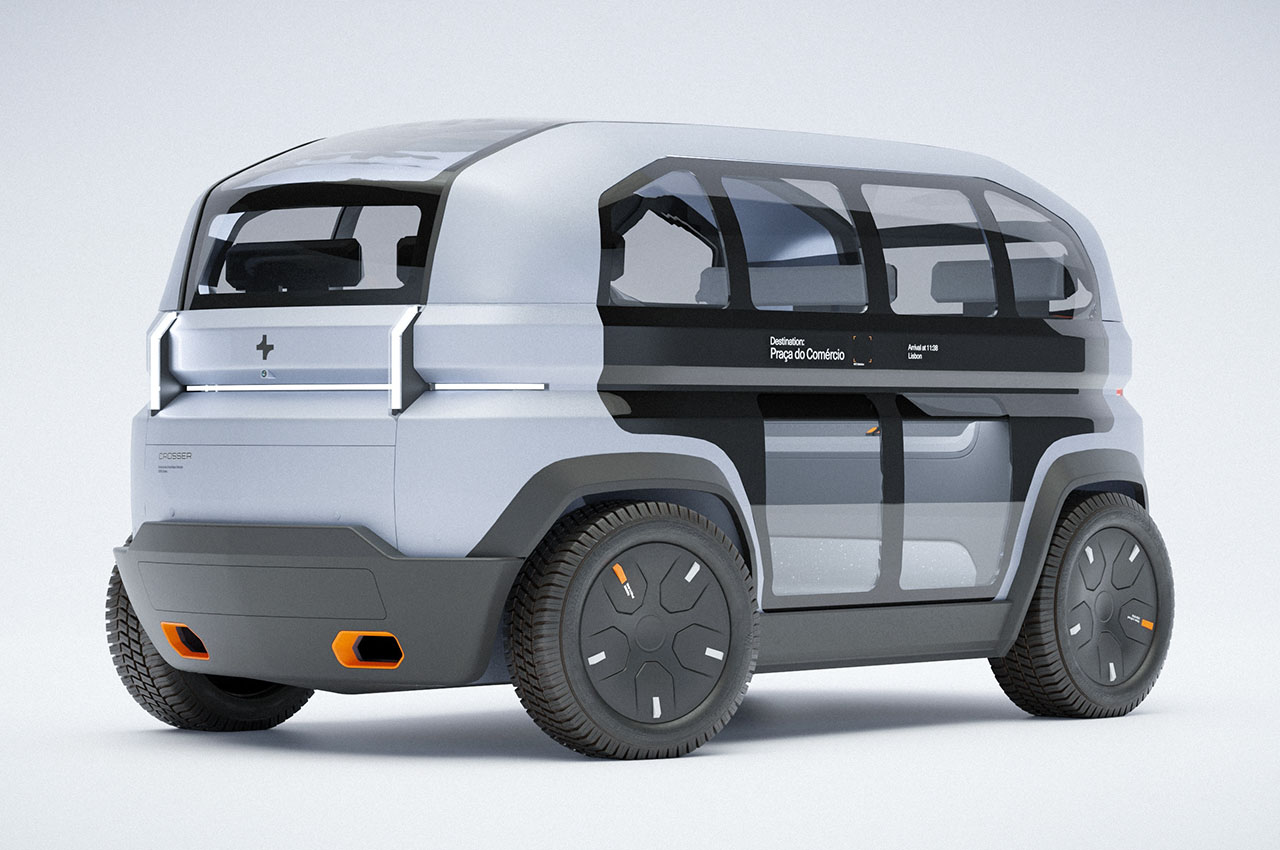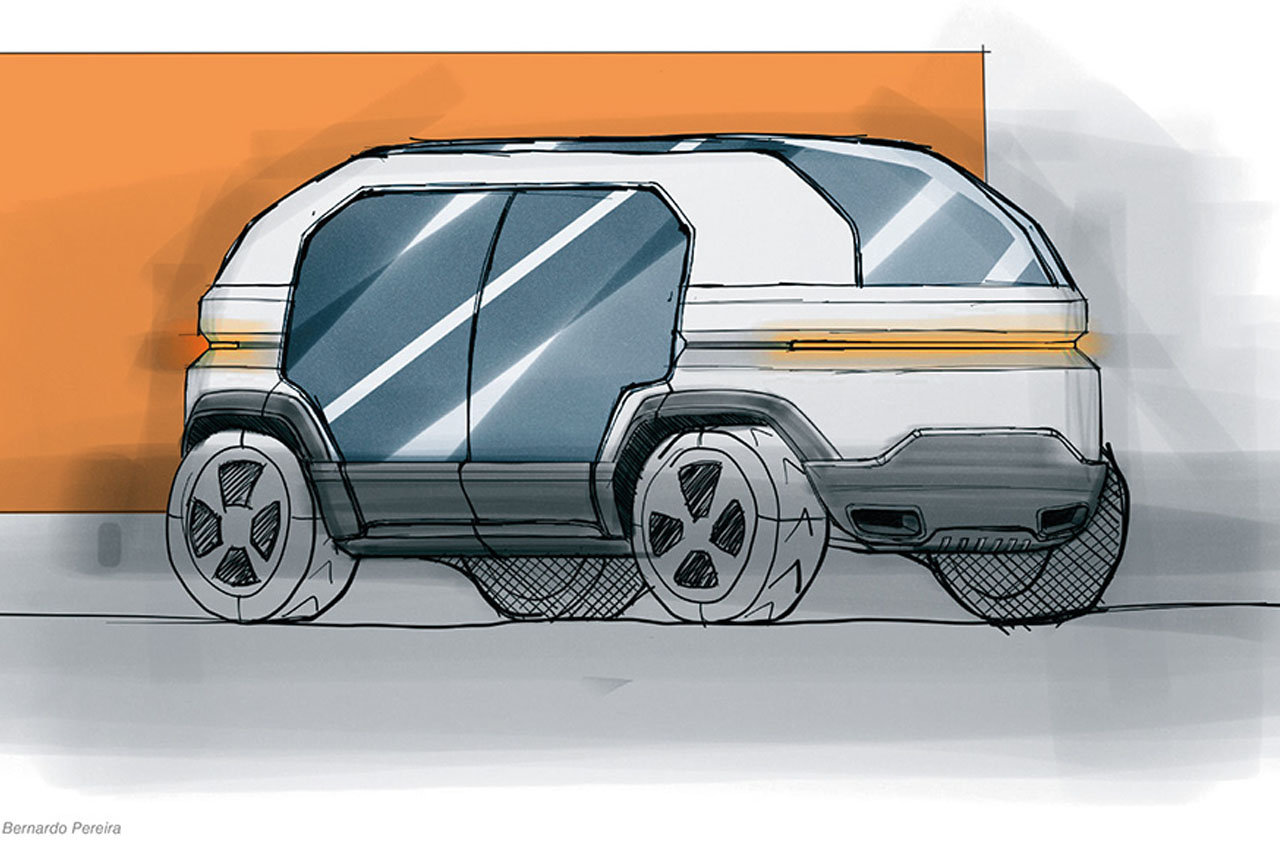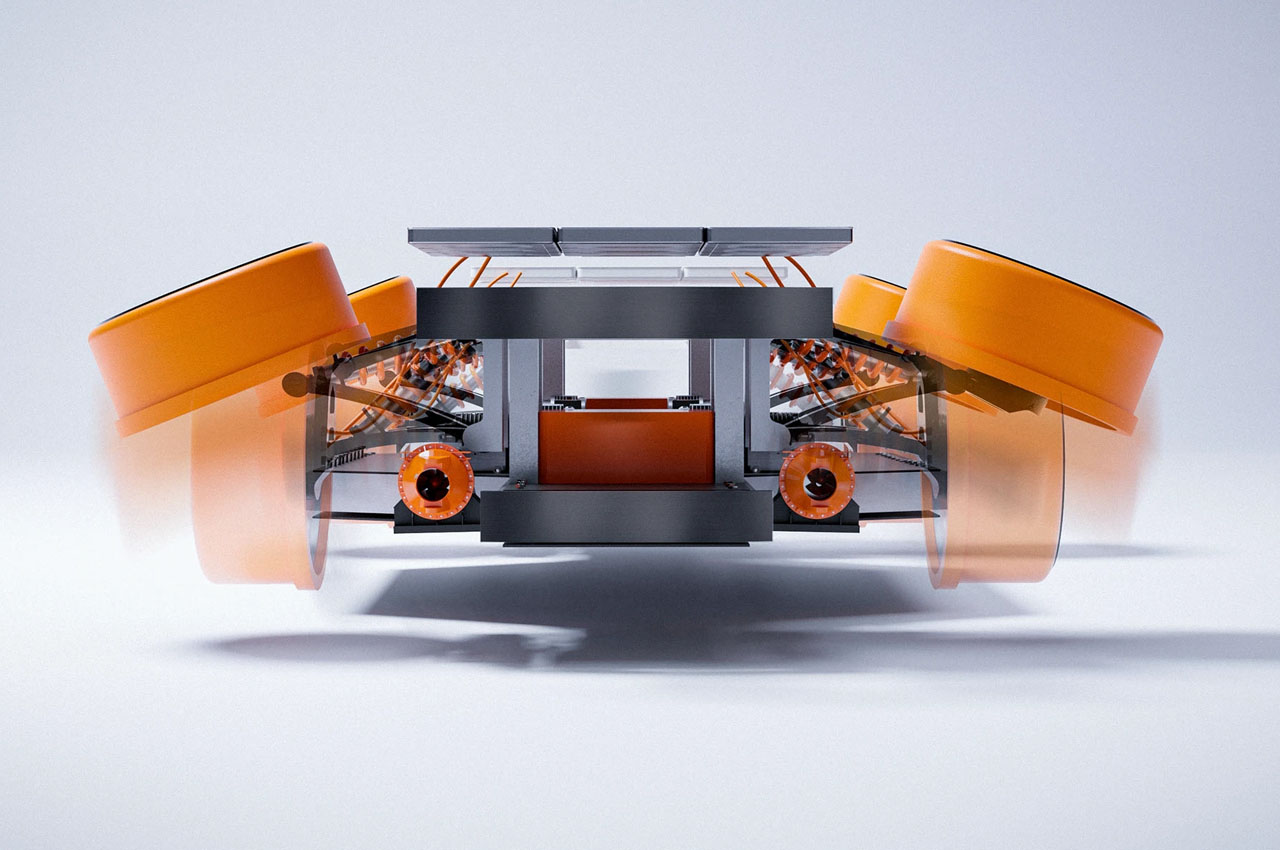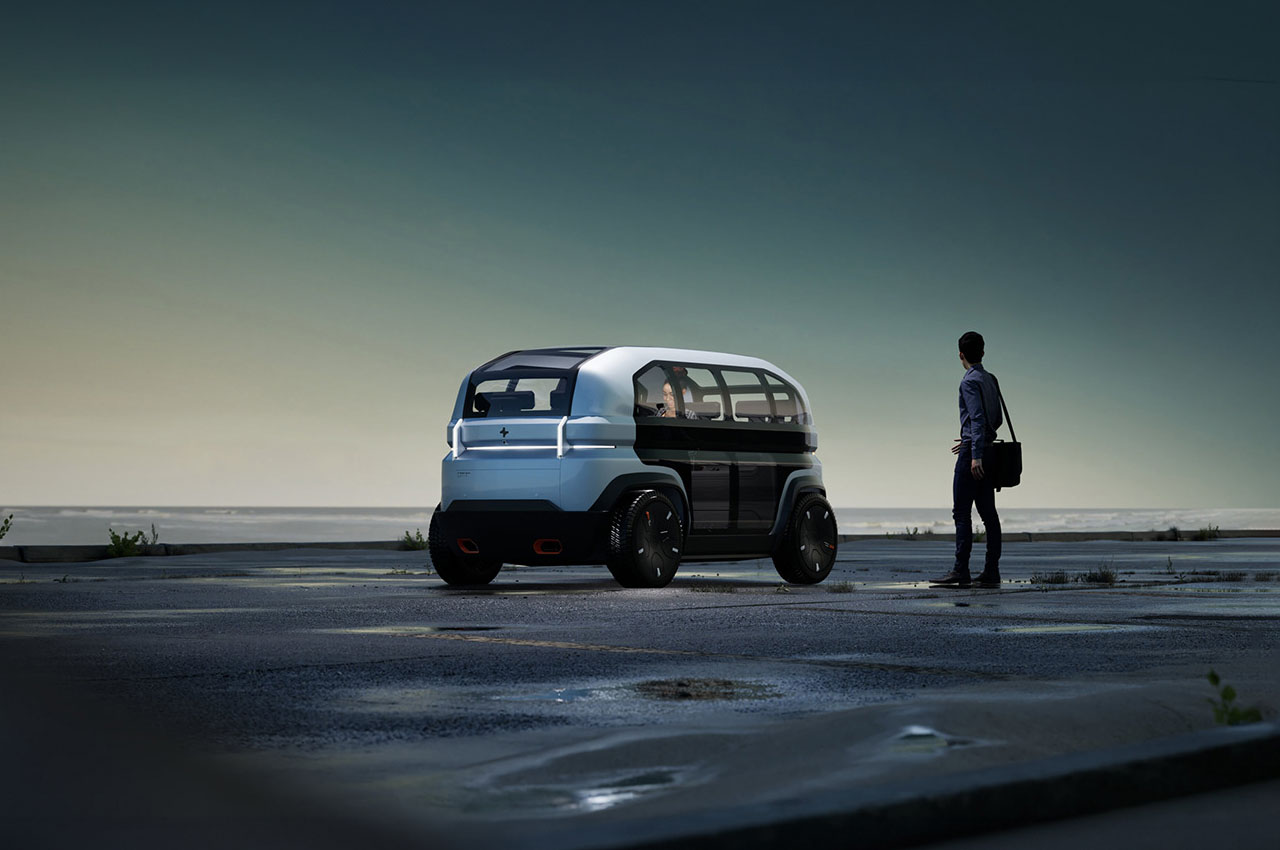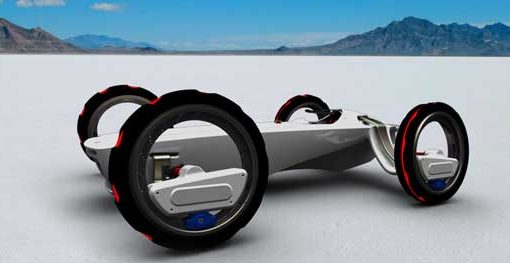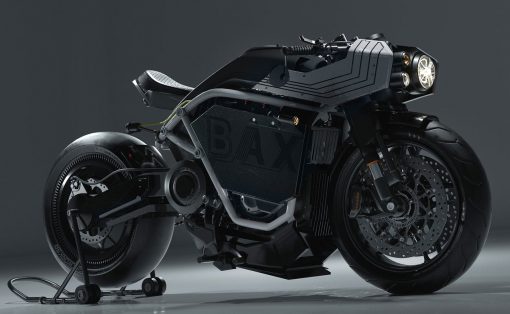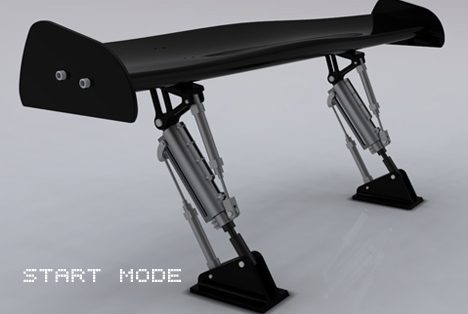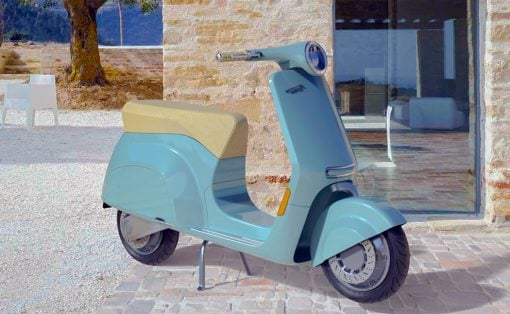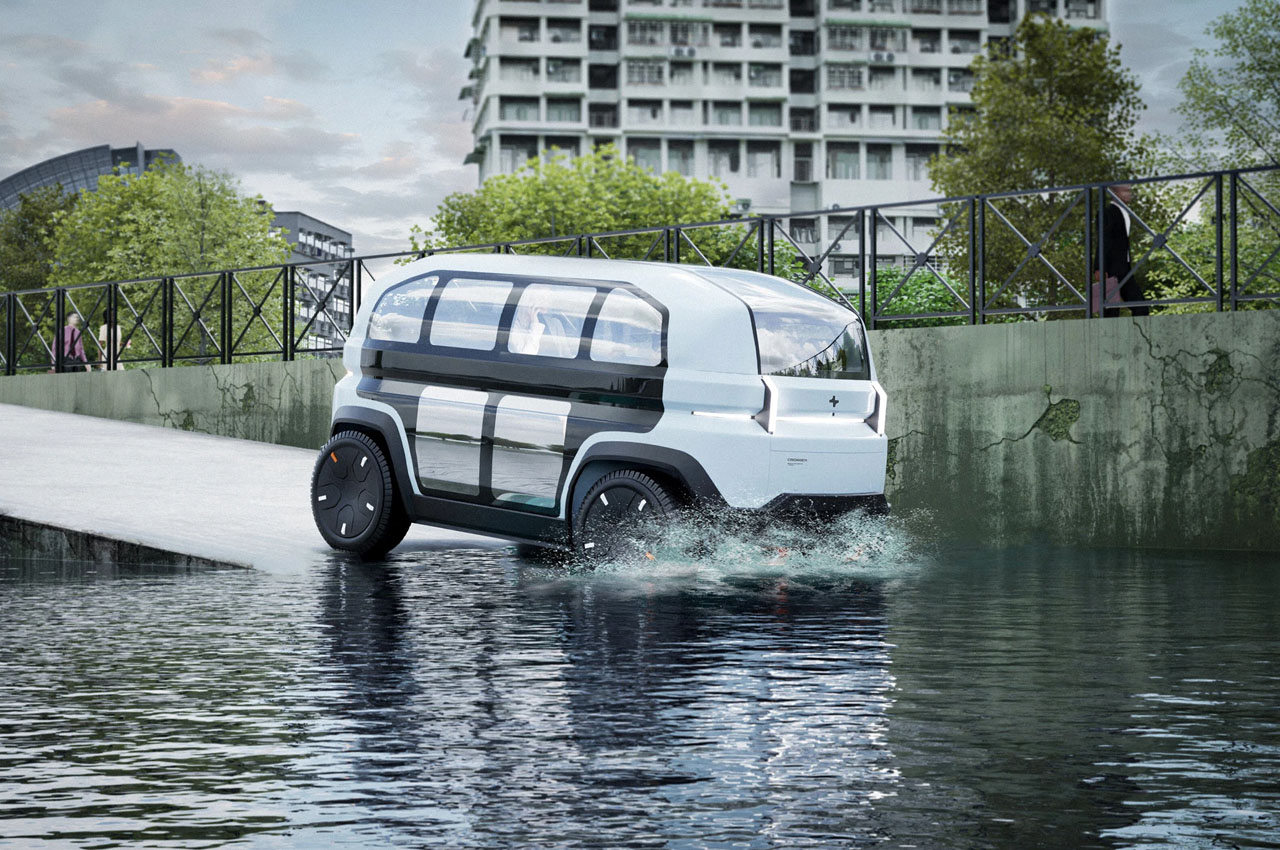
Electric, Hydrogen and Hybrid vehicles are going to partly solve the environmental crisis, but the fact remains, the number of vehicles on the roads isn’t going to reduce. The battle for every inch of road space will intensify in the future, no matter how desperately the compact concept vehicles try to gain popularity.
The only viable solution then left are the flying cars which I’m now a great fan of due to their mostly impractical approach to things in real-life conditions when air space is going to get crowded. One probable solution for tropical regions in particular is an amphibious vehicle that’ll bypass traffic congestions on freeways for timely travel schedules.
Designer: Bernardo Pereira
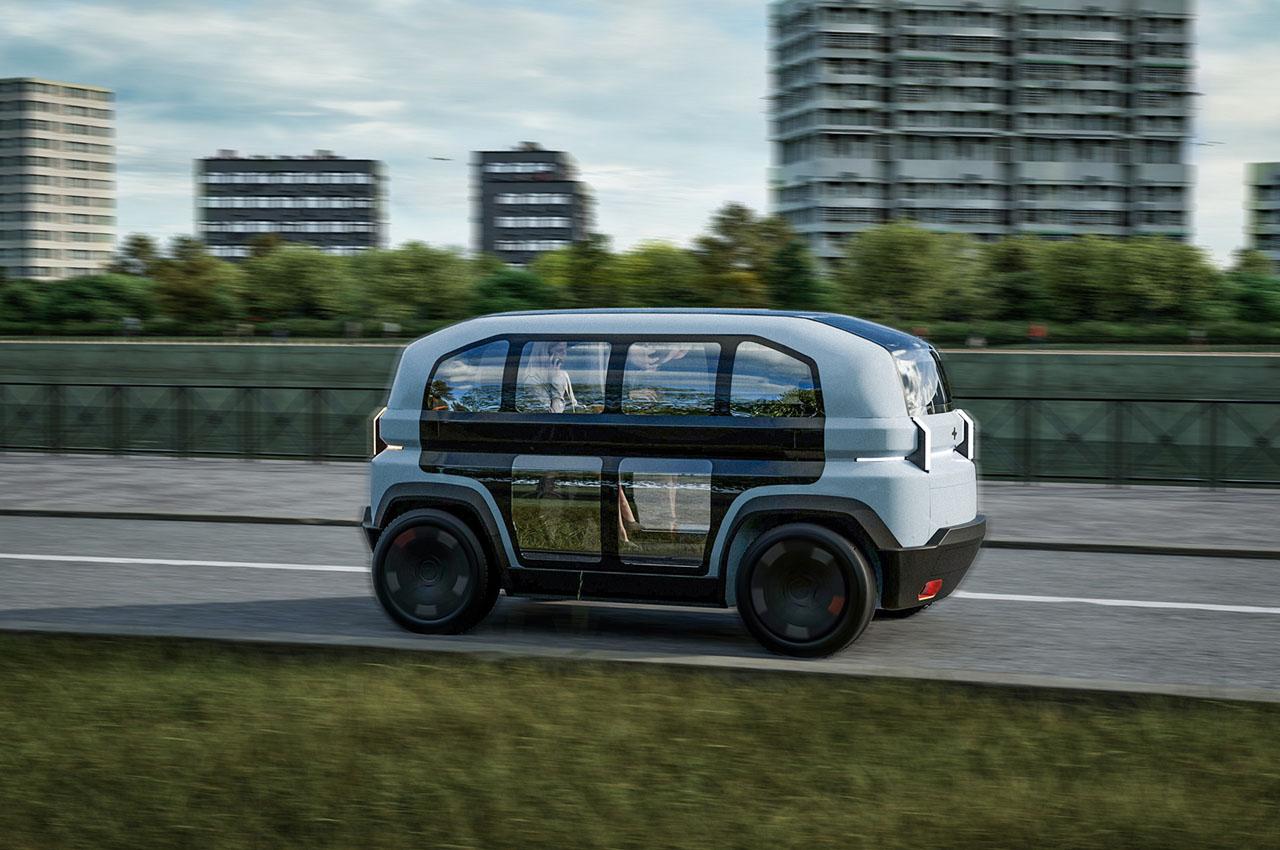
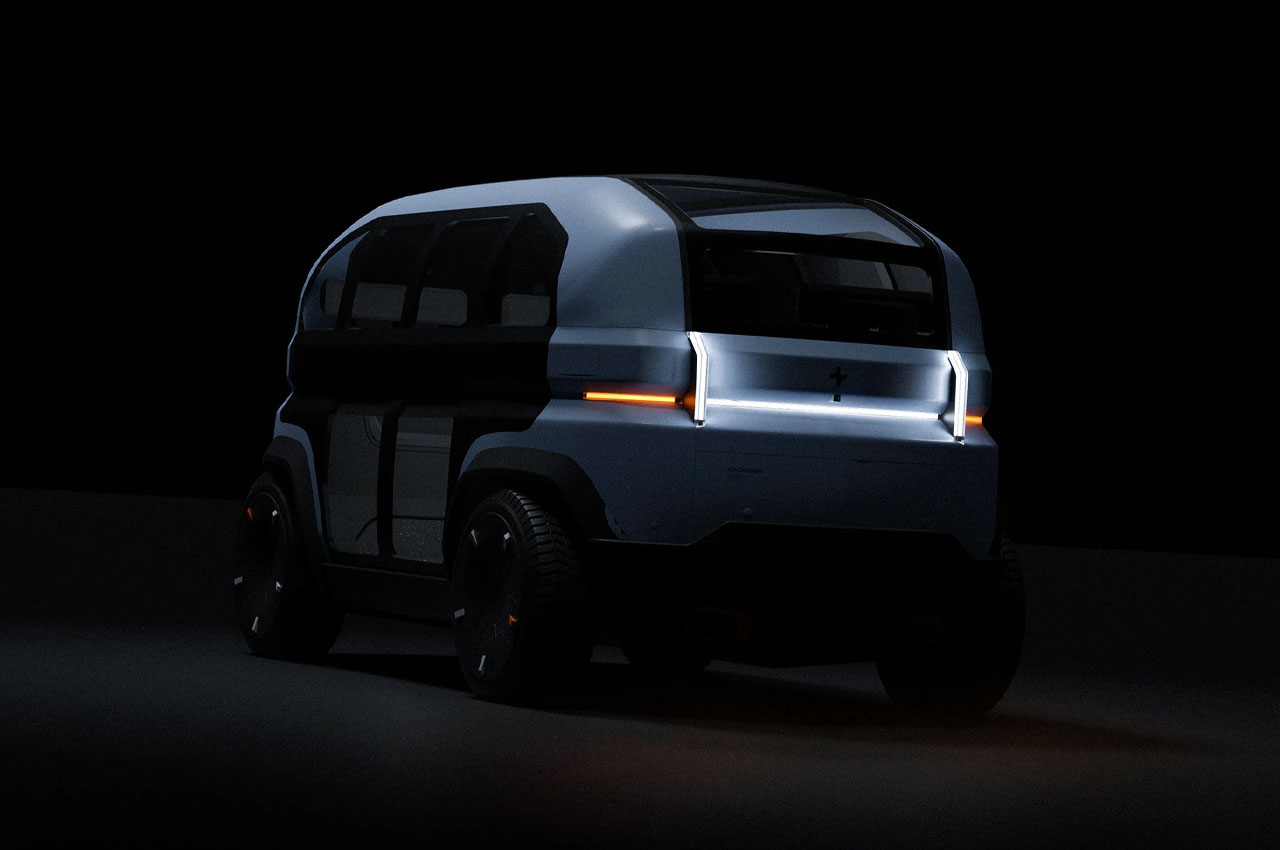
The CROSSER V1 is designed keeping in mind the commuting needs of coastal cities. The primary idea of this kind of transportation is to have flexibility of transportation in such regions for speedy commuting. The fact that this is an electric vehicle reduces the amount of noise created, and also the levels of pollution. The fleet of CROSSER vehicles creates a customized service for inhabitants of urban cities to meet the 24×7 hour needs of every kind of user.
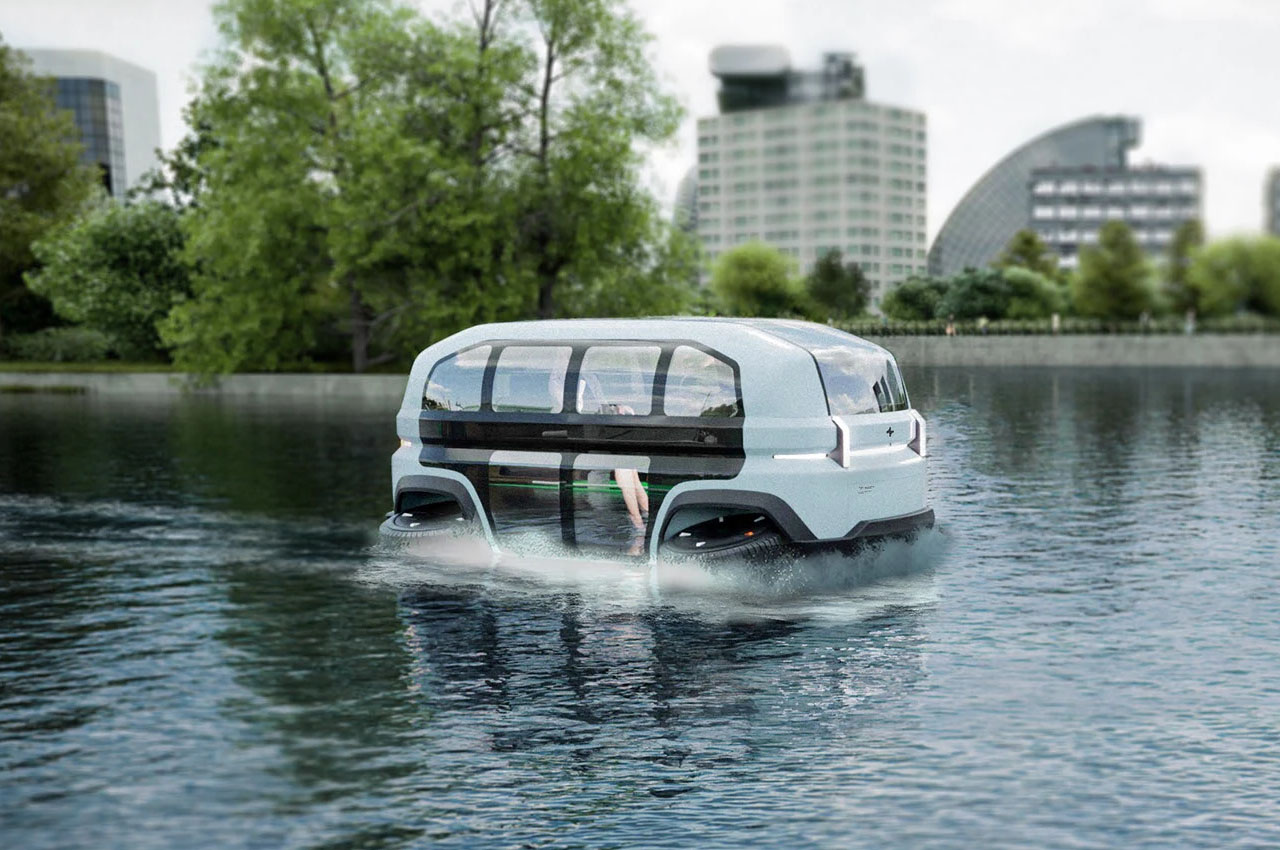
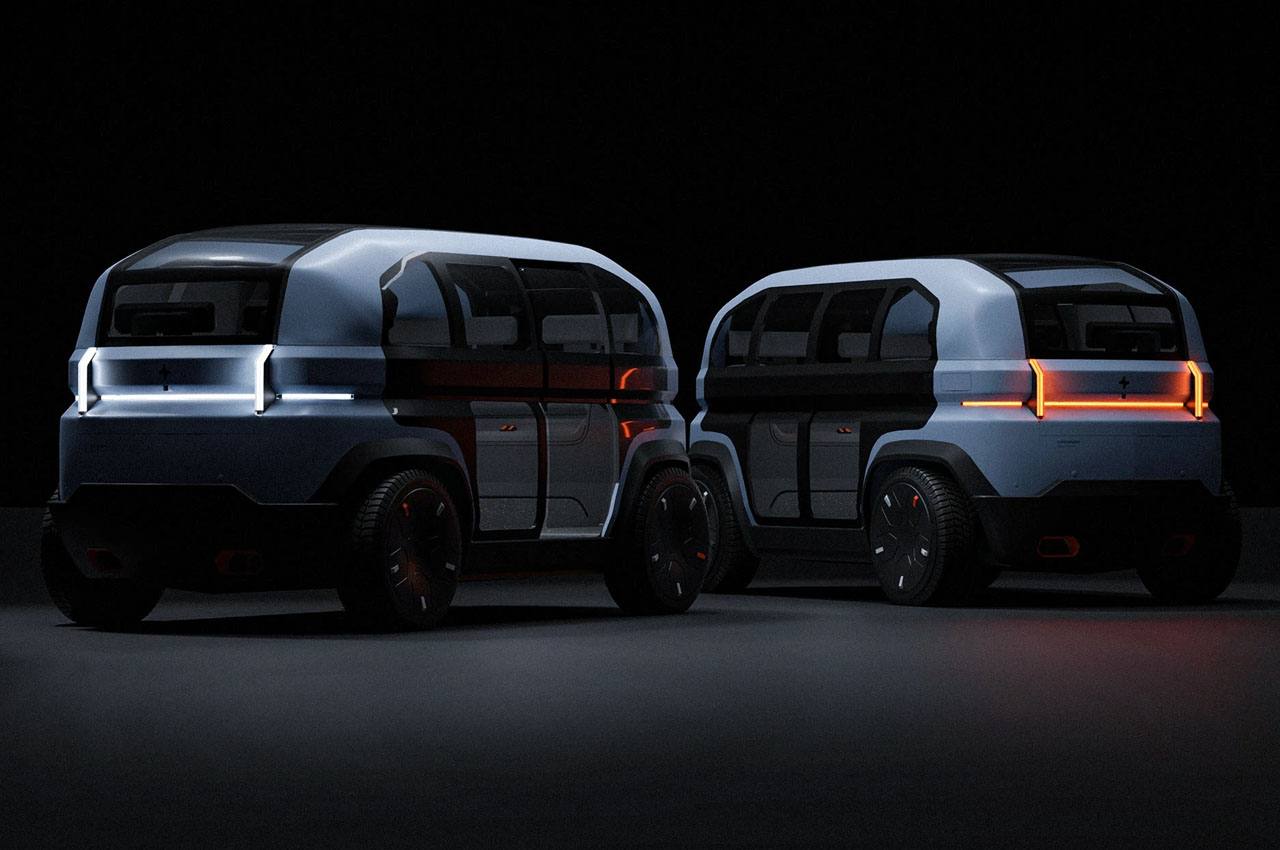
According to the designer, the rise in sea level will eventually lead most of the world’s population to migrate to these regions and look for viable means of earning livelihood. This will lead to an increase in road congestion and pressurize the already overburdened mobility systems. Thus, leading to the dire need for new mobility solutions when owning a private vehicle will no longer be of interest to the majority of Populus.
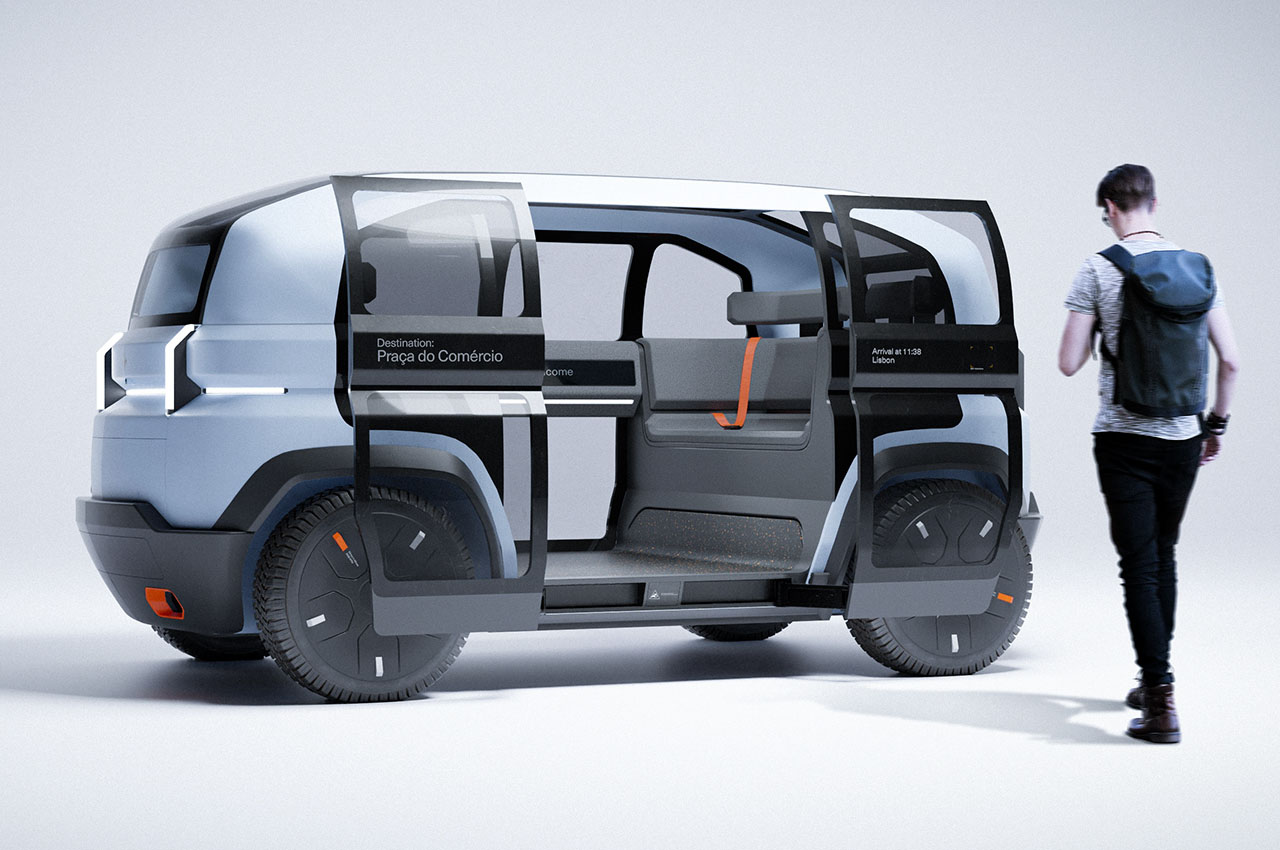
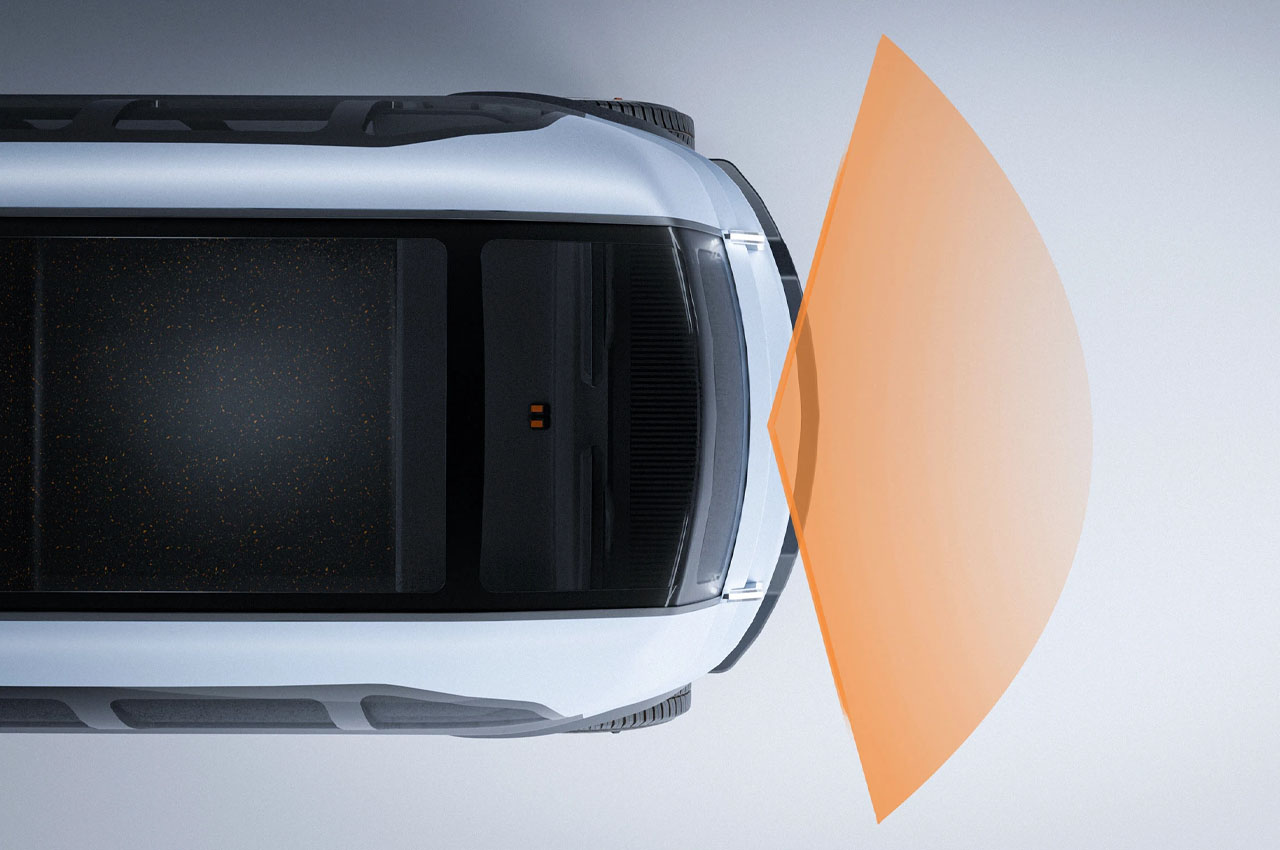
The future of mobility will be dominated by diverse needs that depend on the user’s travel intention, interaction and lifestyle. This leads to a transition that allows for interconnected mobility systems that are in line with sustainable practices and technologies. Bernardo initially created four different iterations for this concept and the final design is this amphibious transportation service that serves the users. The vehicle has an intelligent navigation system that takes the fastest route, either on land or water.
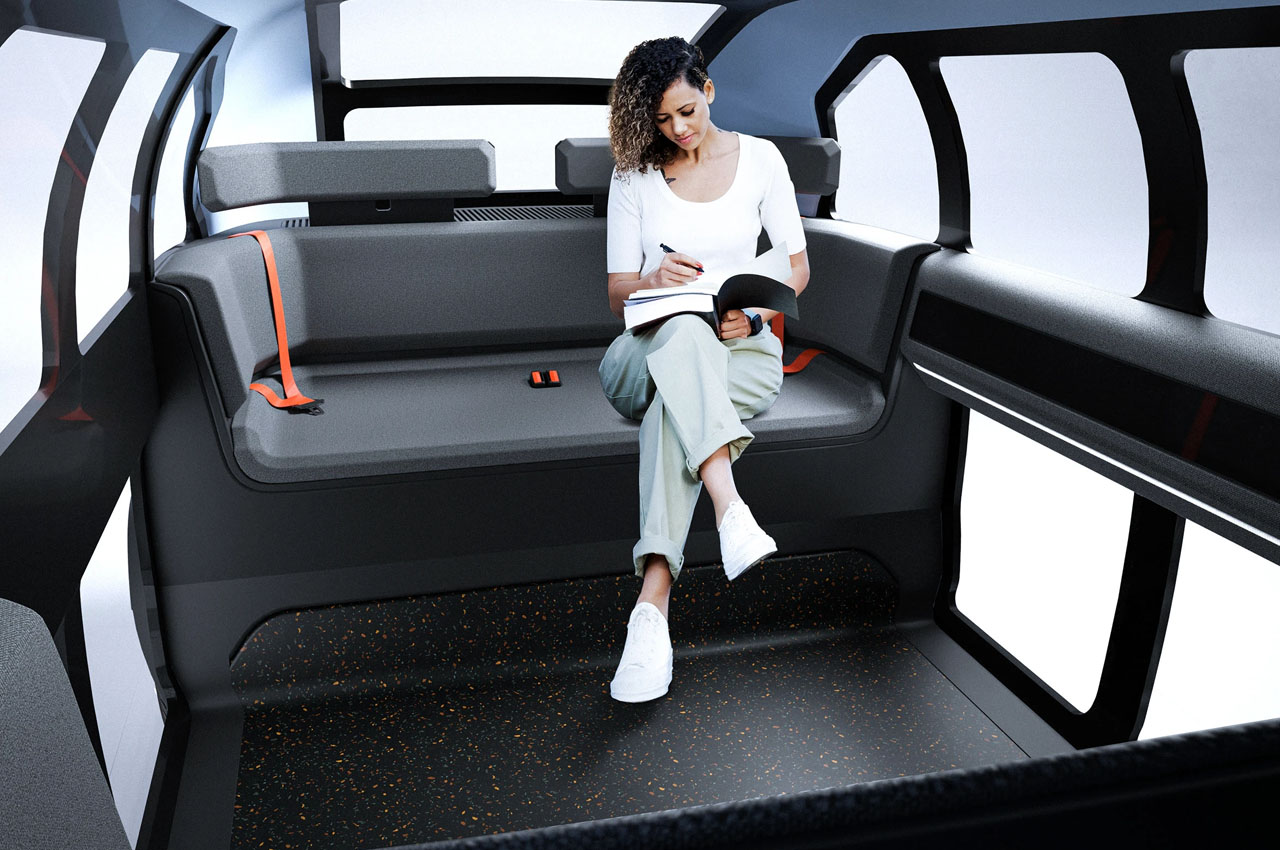
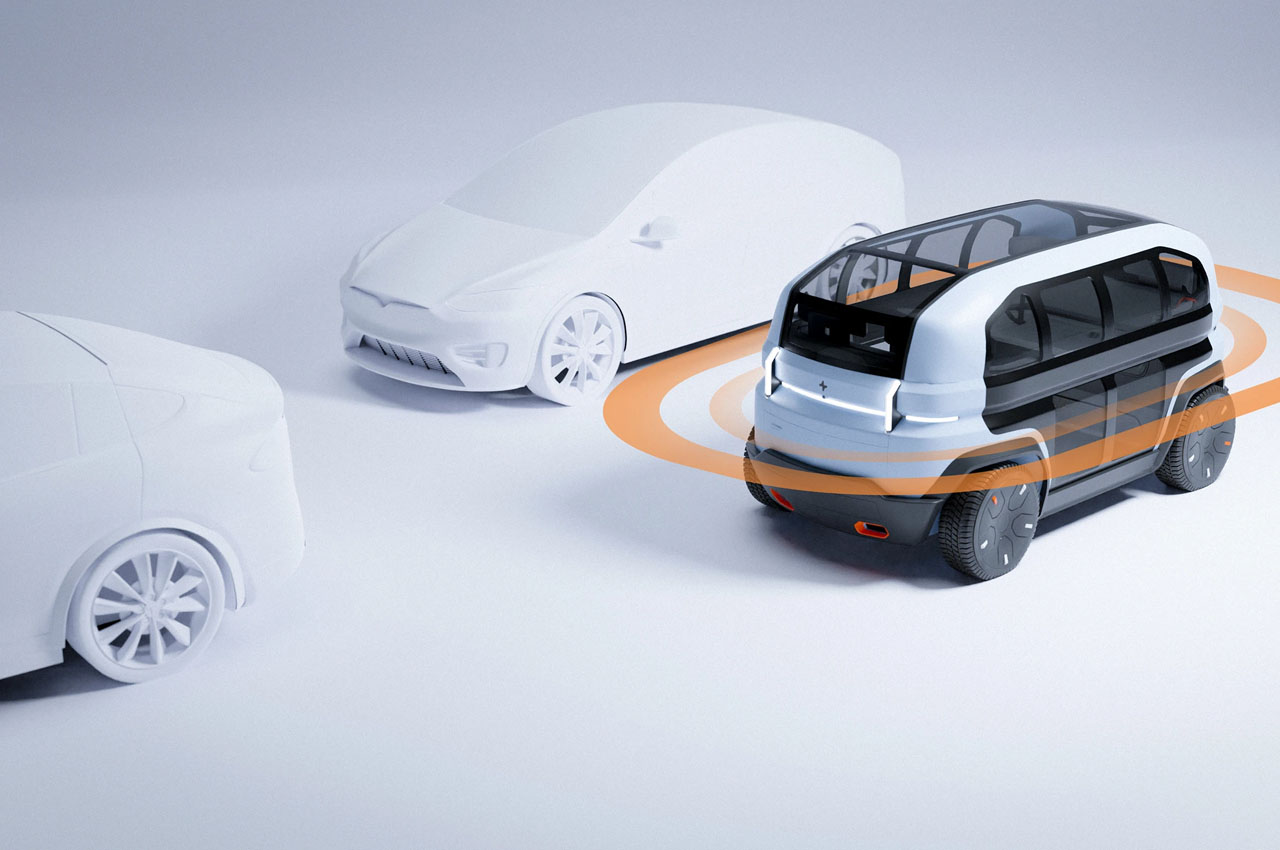
The CROSSER is developed to be an adaptable service that goes beyond passenger transportation and bears modular features for modifying the interiors depending on the needs of the user. By default, the vehicle comes with a four-seat configuration with a display to beam all the route information, weather and warnings. The vehicle boasting a panoramic view has seats with sensors and adjustable headrests.
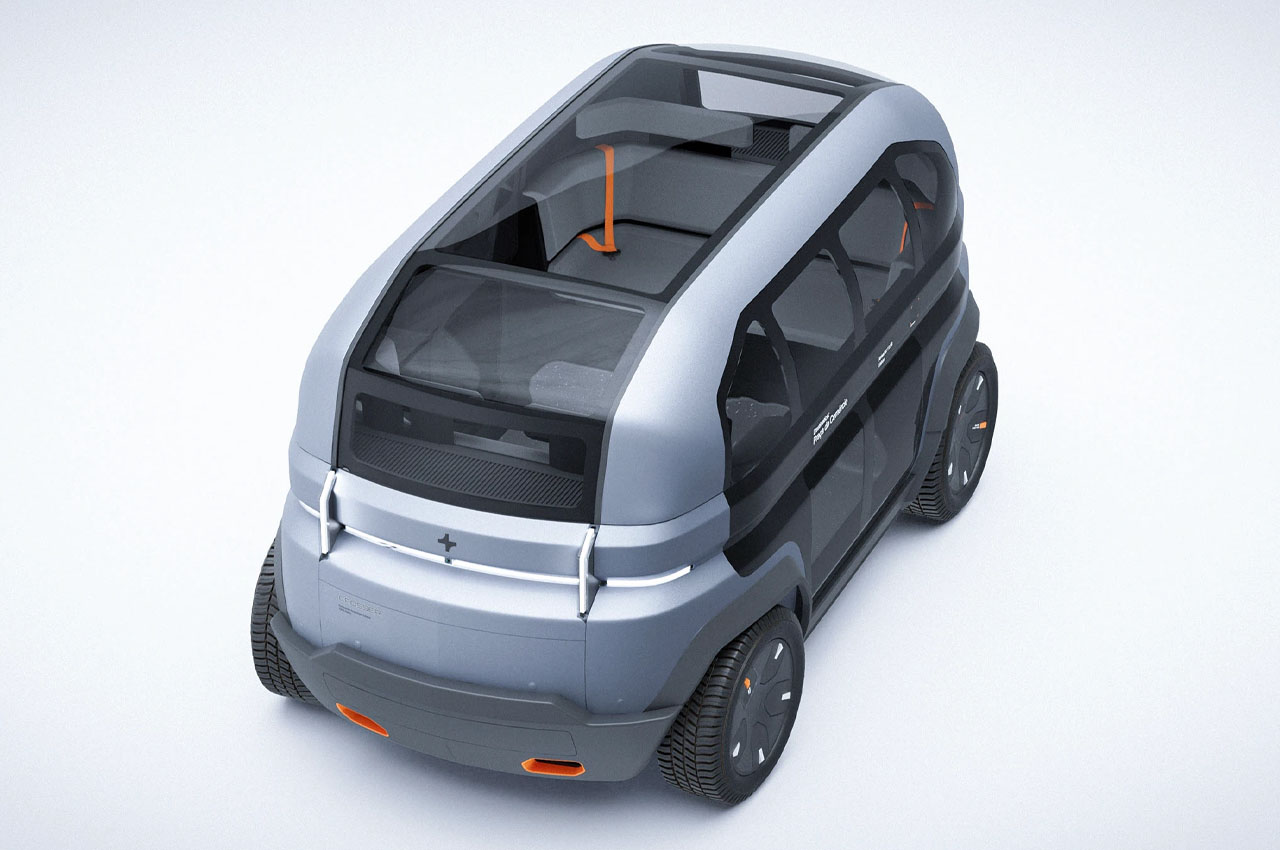
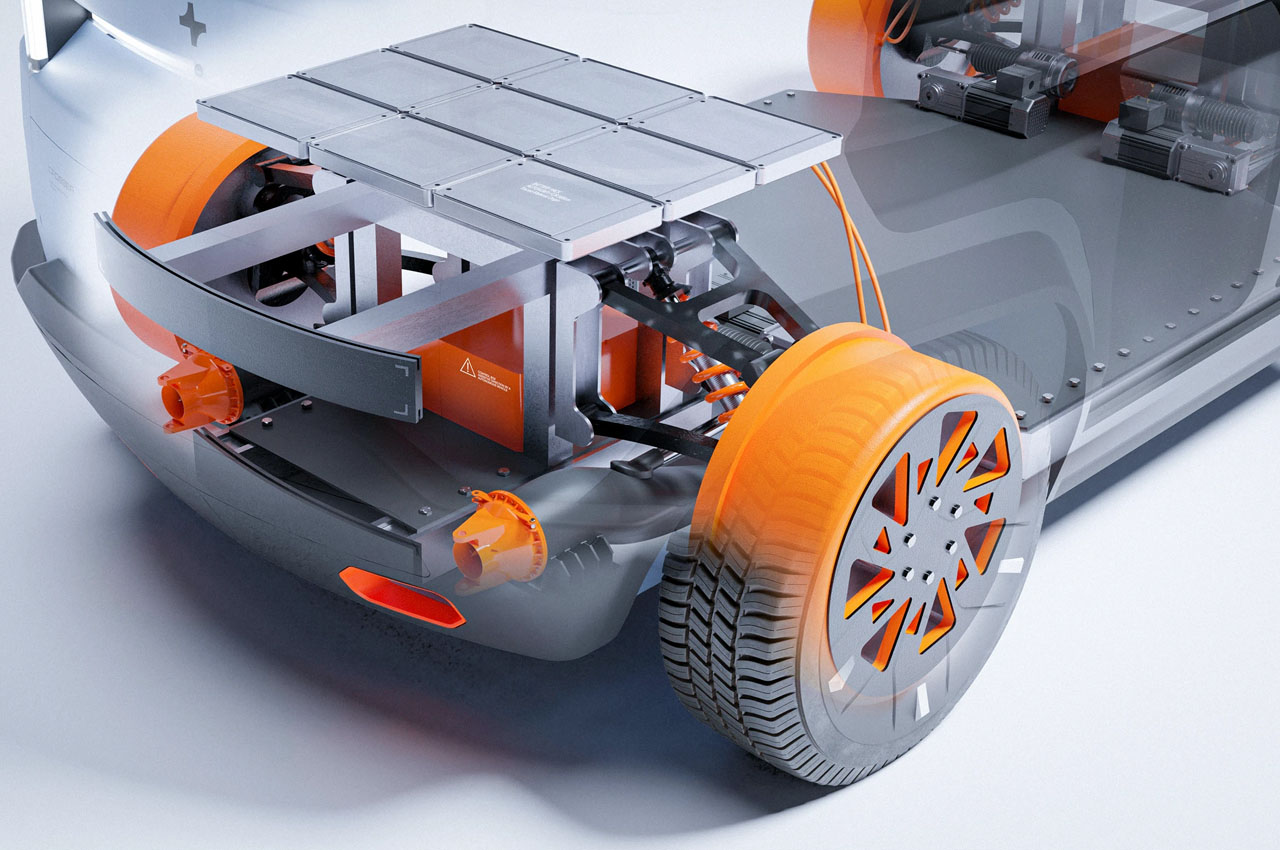
When it’s time to tread on the waters, the CROSSER V1 employs the suspension system to raise the maximum height angle by 90 degrees. Everything is done autonomously aided by the LiDAR and Radar sensors, without the need to stop the vehicle. The in-built dual cameras with a 150-degree viewing angle further add to the feed of the user’s display. This whole system not only aids in water travel but also identifies obstacles on land.
